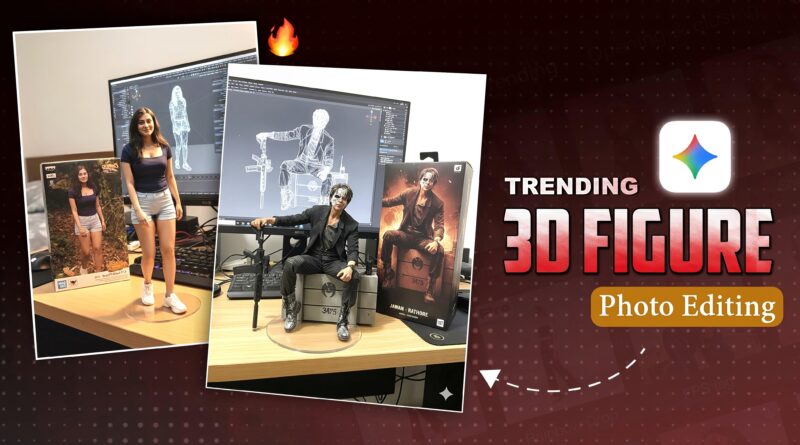Trending 3D Toy Model Figure Making Tutorial | Google Gemini 2.5 Flash – Nano Banana Ai Photo Editing
In the ever-evolving world of digital creativity, few things capture the imagination quite like the fusion of physical craftsmanship and cutting-edge AI technology. Welcome to the ultimate guide for 3D toy model figure making—where artistry meets innovation, and where Google Gemini 2.5 Flash and Nano Banana AI redefine the boundaries of photo editing and design.This tutorial isn’t just a how-to—it’s a journey into the future of toy creation, powered by artificial intelligence, intuitive design platforms, and a sprinkle of playful genius.
3D toy modeling has exploded in popularity, thanks to the accessibility of design software, affordable 3D printers, and a growing community of creators. From anime-inspired figurines to custom action heroes, hobbyists and professionals alike are crafting miniature masterpieces that rival commercial toys.
But what makes this trend truly exciting is the integration of AI tools that streamline the process—from concept sketching to texture mapping and final rendering.
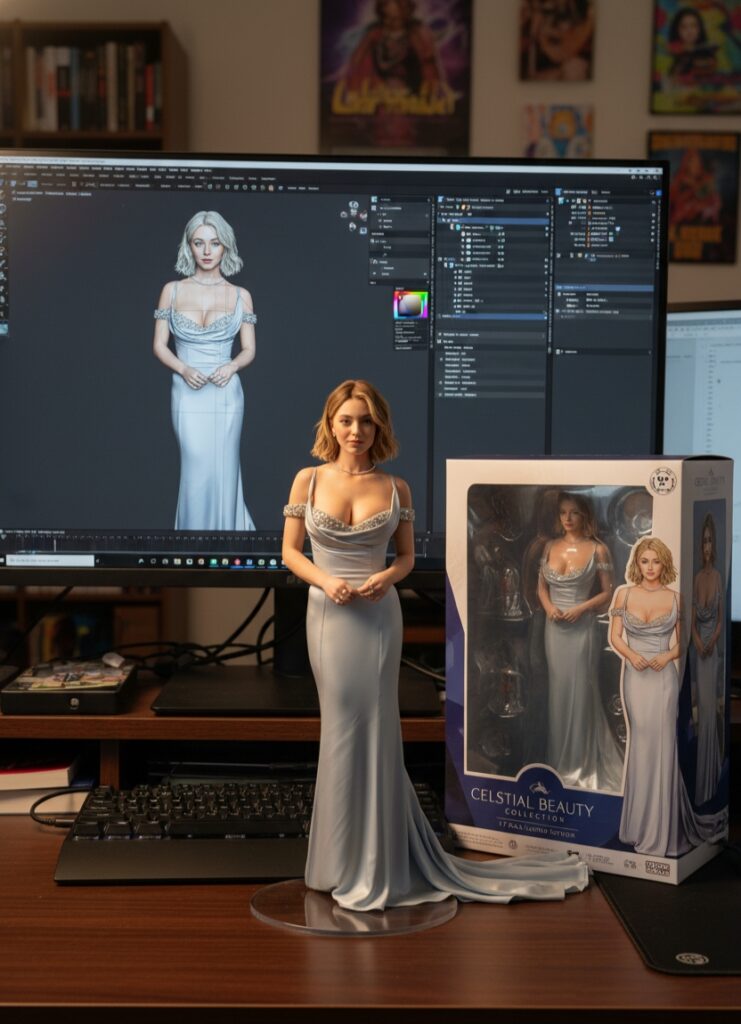
PROMPT:- Create a 1/7 scale commercialized figurine of the characters in the picture, in a realistic style, in a real environment.
The figurine is placed on a computer desk. The figurine has a round transparent acrylic base, with no text on the base. The content on the computer screen is the brush modeling process of this figurine. Next to the computer screen is a BANDAl-style toy packaging box printed with the original artwork., The packaging features two-dimensional flat illustrations.
Please turn this photo into afigure. Behind it, there should be a Model packaging box with the character from this photo printed on it. In front of thebox.on a round plastic baseplace the fiqure version of thephoto I gave you. I’d like the PVC material to be clearlyrepresented. It would be even better if the background is indoors.
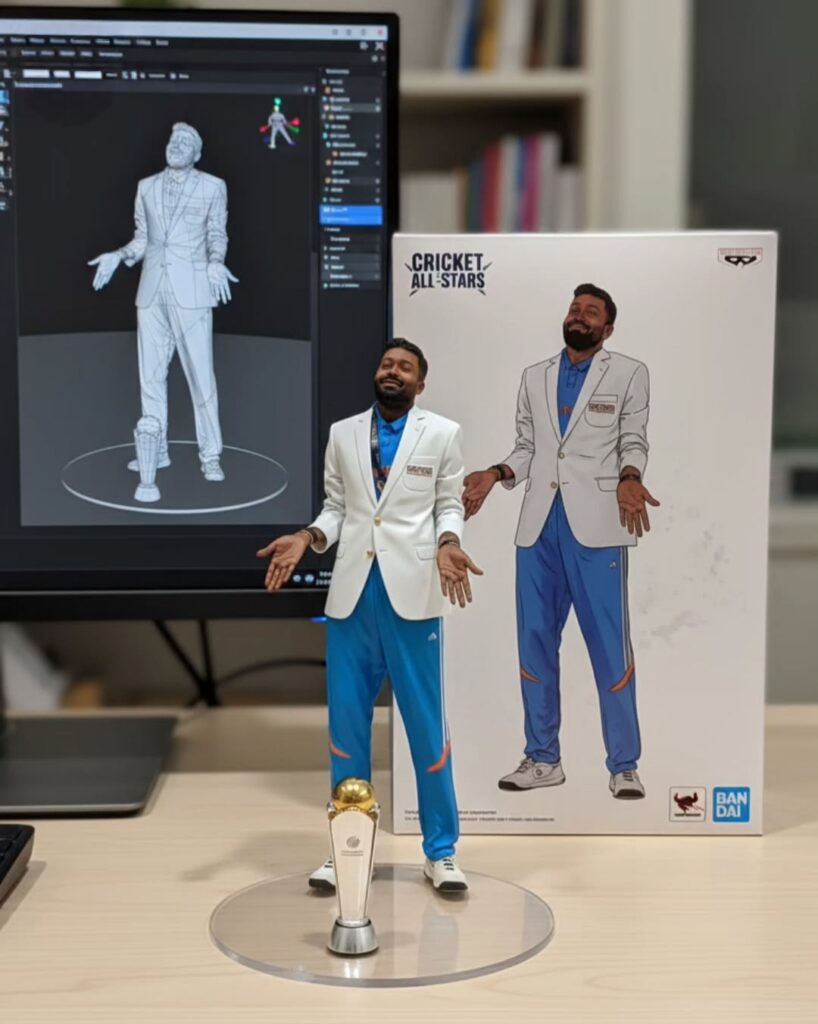
PROMPT:- Commercialized figure of the character in the illustration, in a realistic style and environment. Place the figure on a computer desk, using a circular transparent acrylic base without any text. On the iMac screen, display the Blender modeling process of the figure. Next to the computer screen, place a TAKARA-TOMY-style toy packaging box printed with the original artwork.The appearance will be exactly the same.
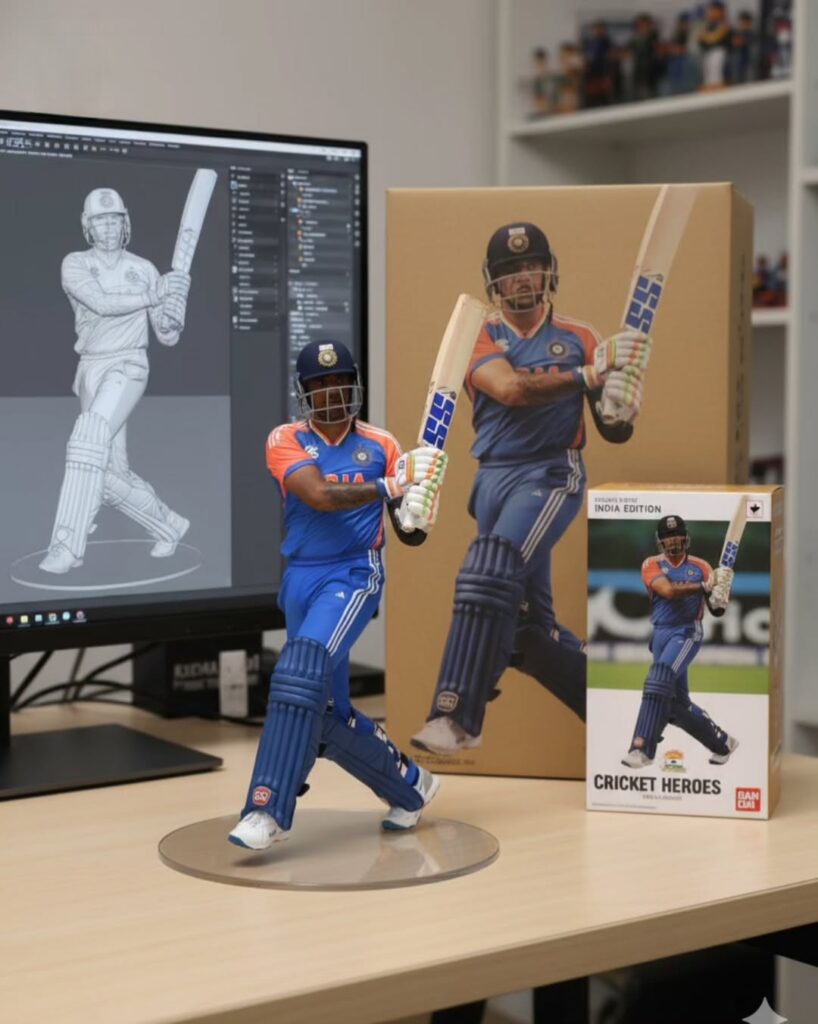
PROMPT:- The figurine is placed on a computer desk. The figurine has a round transparent acrylic base, with no text on the base. The content on the computer screen is the brush modeling process of this figurine.
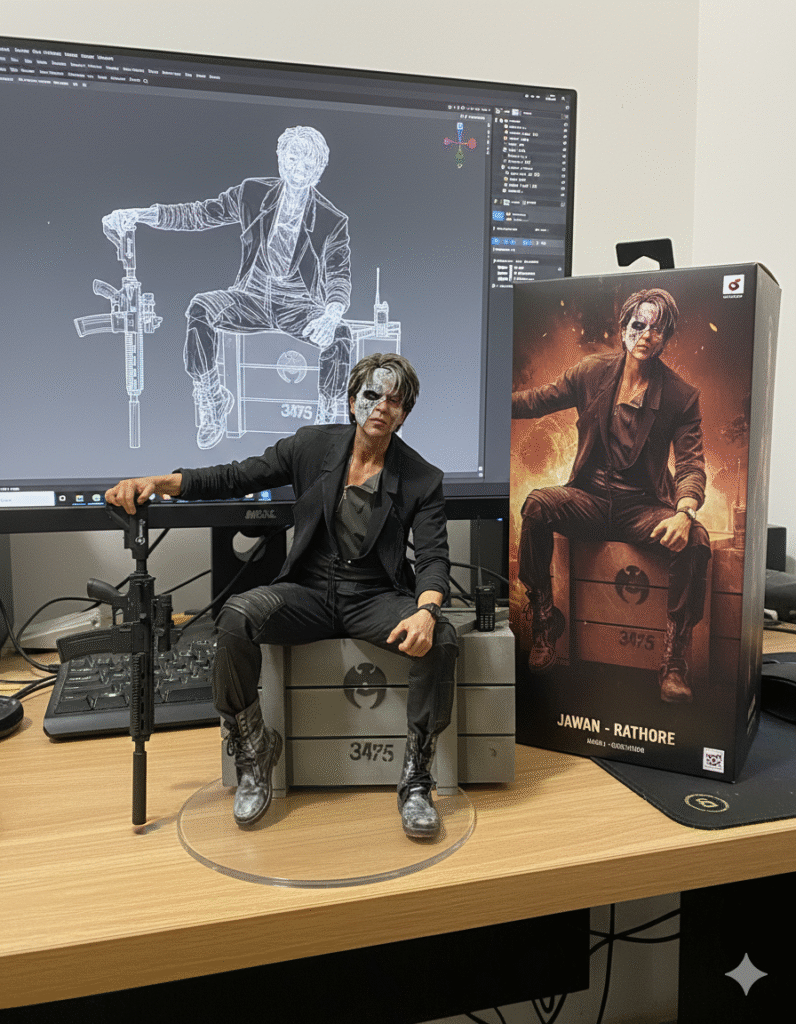
PROMPT:- Create a 1/7 scale commercialized figurine of the characters in the picture, in a realistic style, in a real environment. The figurine is placed on a computer desk. The figurine has a round transparent acrylic base, with no text on the base. The content on the computer screen is a 3D modeling process of this figurine. Next to the computer screen is a toy packaging box, designed in a style reminiscent of high-quality collectible figures, printed with original artwork. The packaging features two-dimensional flat illustrations
We’re entering an era where anyone with a laptop and a spark of imagination can become a toy designer. AI tools like Google Gemini 2.5 Flash and Nano Banana are democratizing creativity, making it easier than ever to turn ideas into tangible, shareable art.
This tutorial is more than a guide—it’s an invitation to explore, experiment, and express yourself in 3D. So grab your stylus, fire up your AI engines, and let’s build something extraordinary.

